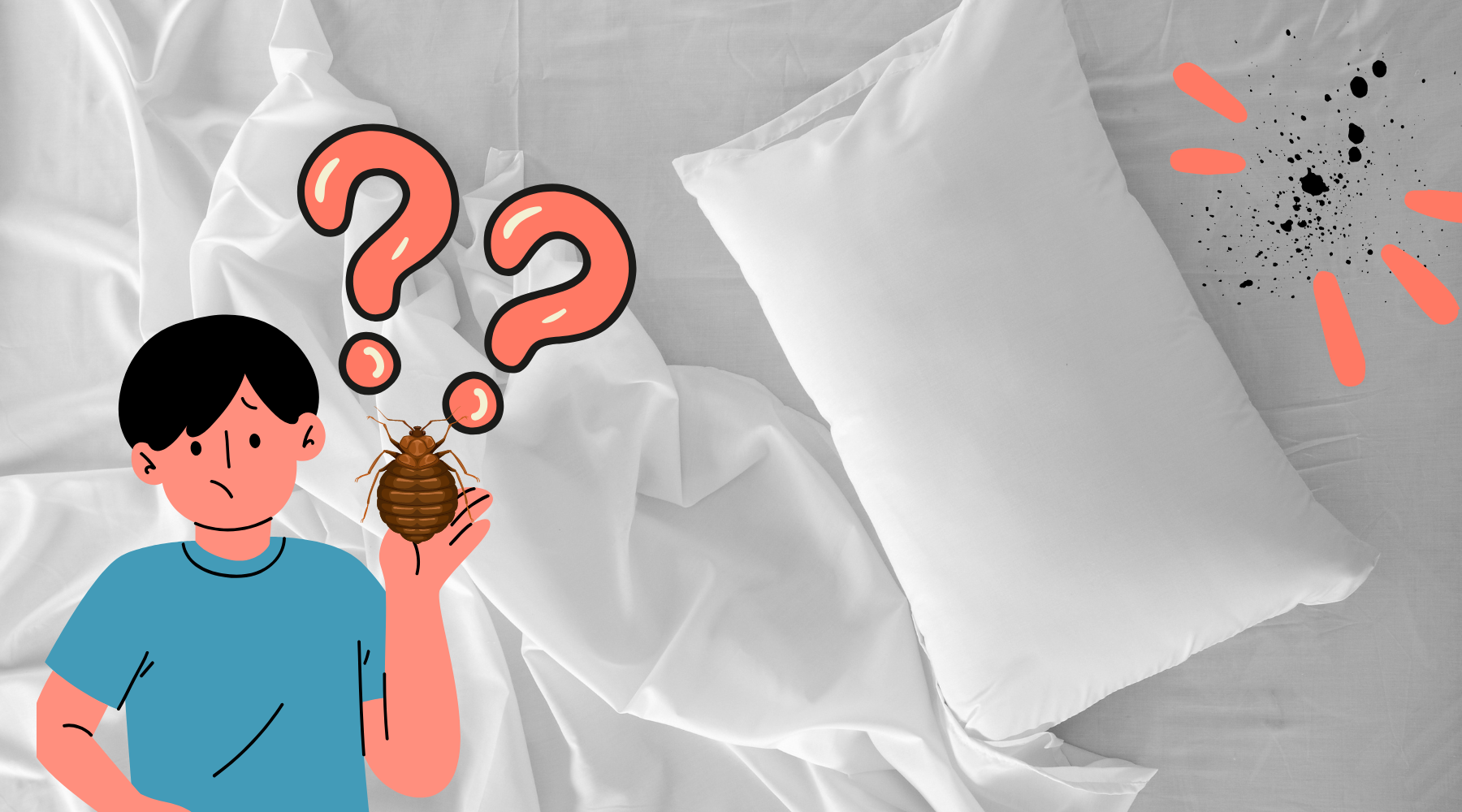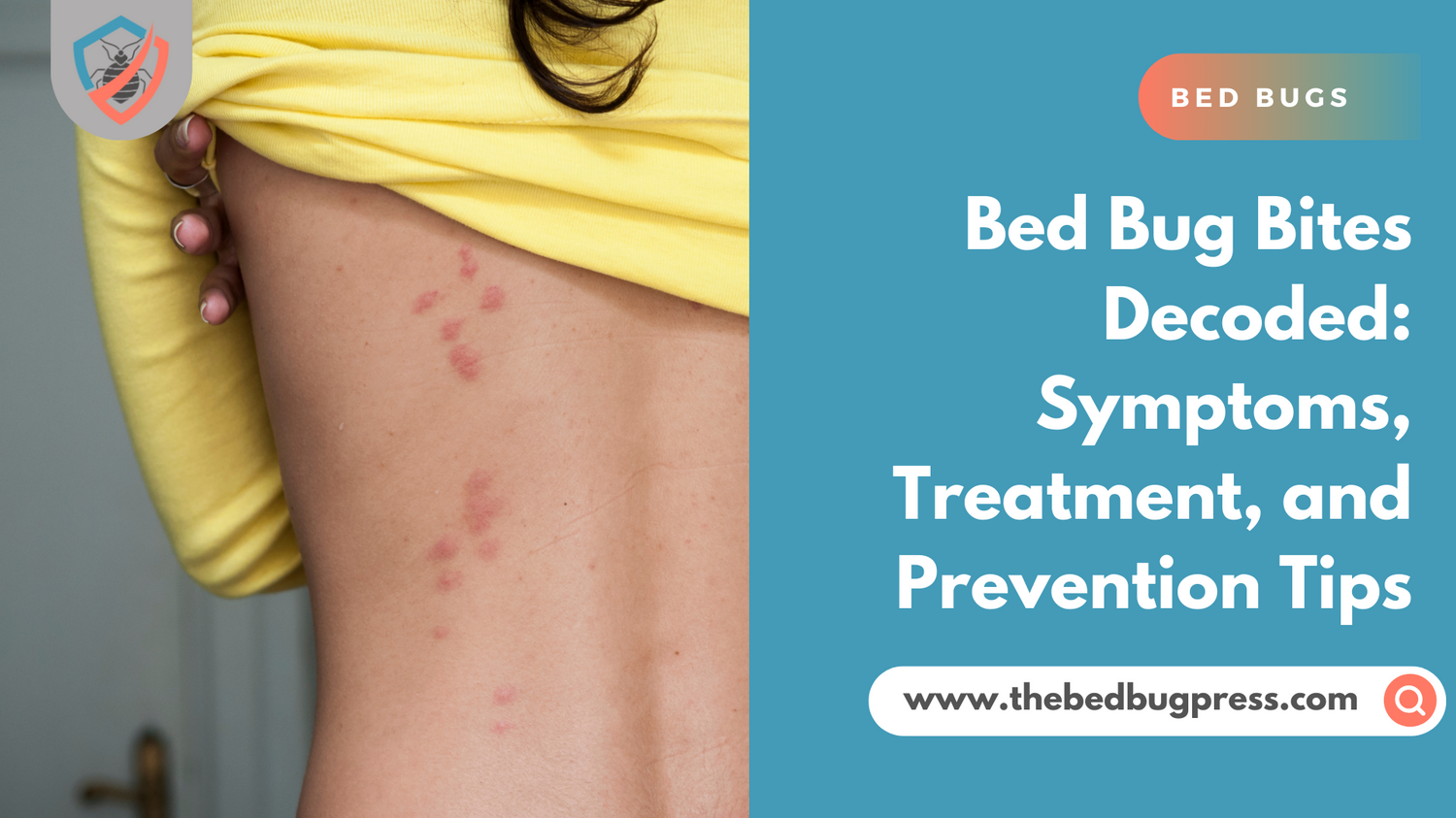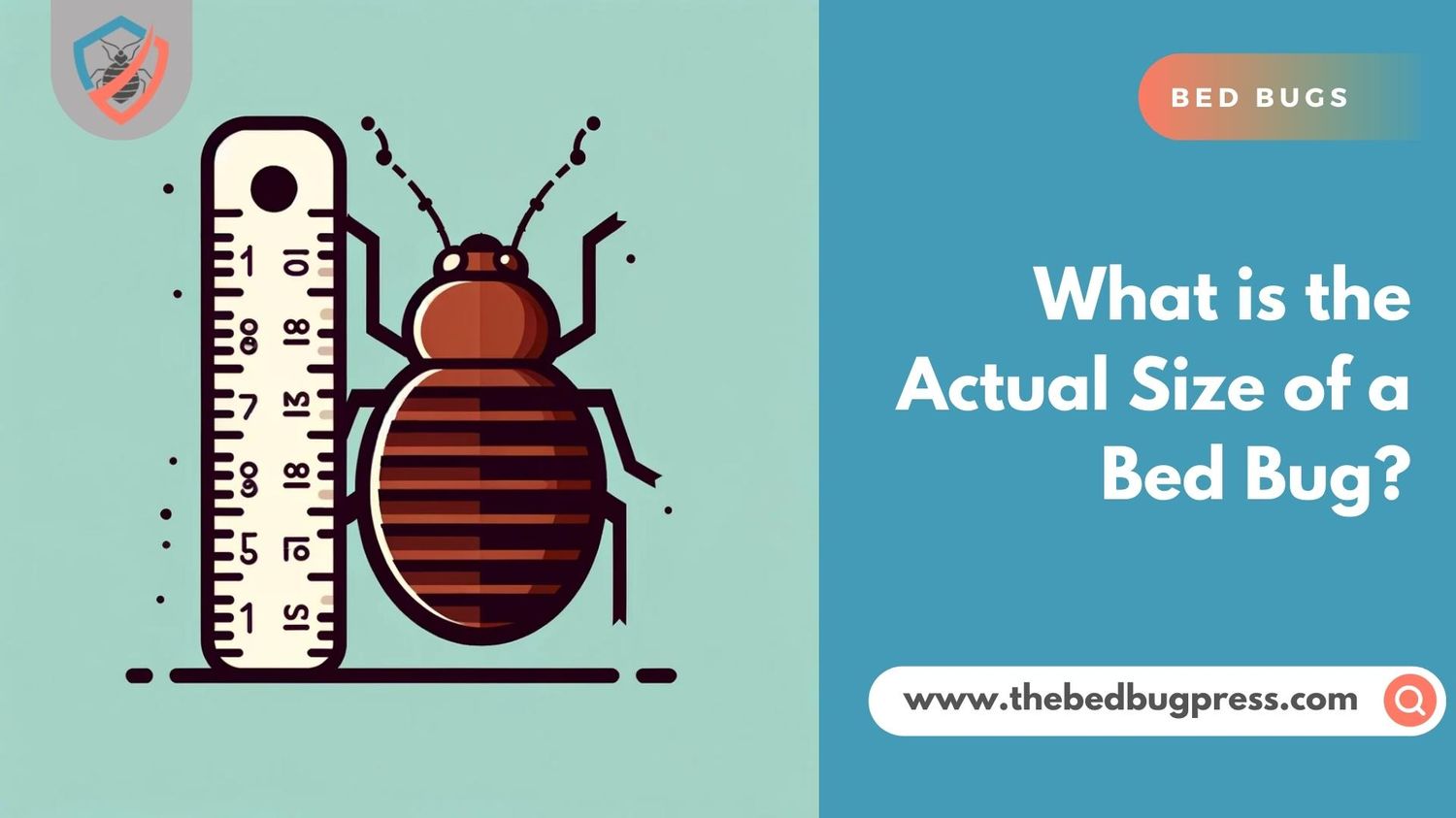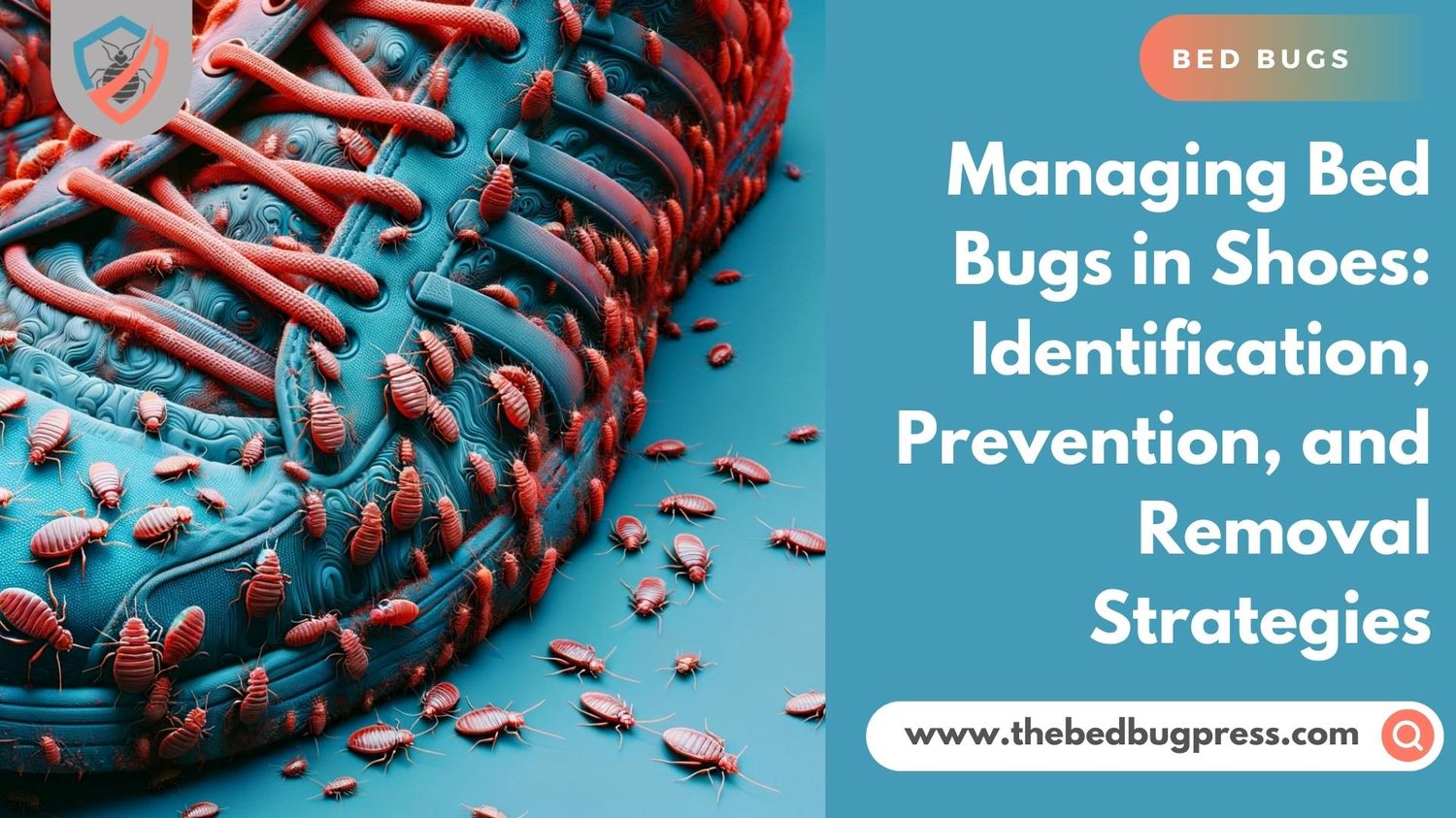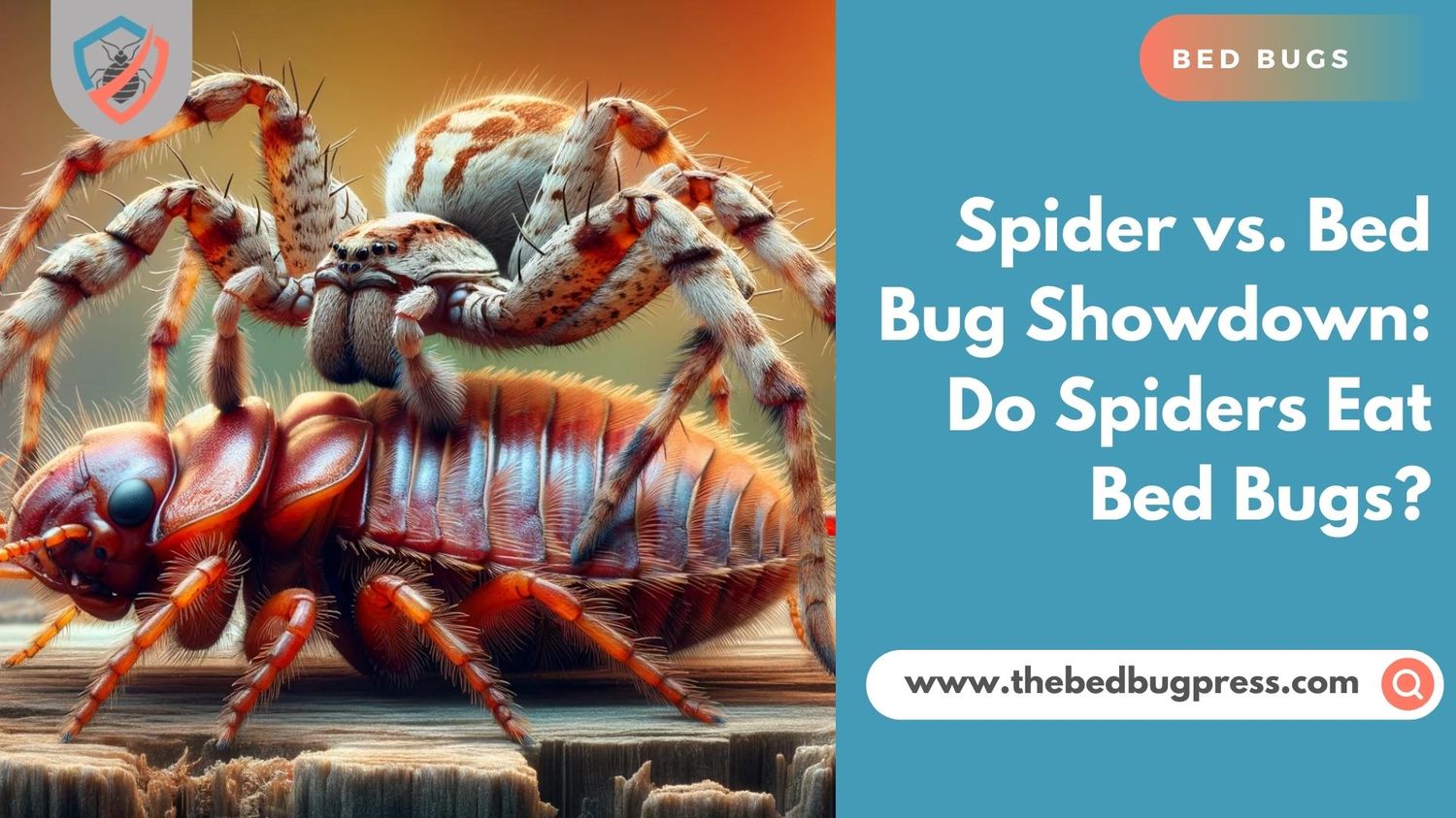Discovering black spots on your sheets can be concerning, especially if you suspect bed bugs. However, it’s important to note that there are several other possible explanations for these unsightly marks.
It is crucial to know the alternative causes for black spots on sheets to know what they could potentially be. By understanding these different possibilities, you can gain a clearer picture of the situation and take appropriate steps to address the issue.
So, if you’re eager to uncover the mystery behind those black spots that have appeared on your sheets, let’s delve into the potential culprits beyond bed bugs.
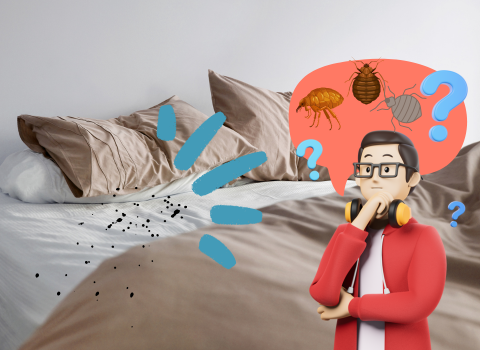
Identifying Black Specks on Bed Sheets: Bed Bugs or Fleas?
Black specks on your bed sheets can be a cause for concern, as it raises questions about the presence of unwanted pests in your home. Two common culprits that come to mind are bed bugs and fleas. Both can infest bedding and leave behind black specks as signs of their presence.
To properly identify which pest is causing the black spots, you need to know the key differences between bed bugs and flea infestations. By understanding the distinctive characteristics and behaviors of these pests, you can take appropriate measures to address the issue effectively.
I. Characteristics of Bed Bugs
Bed bugs, those little buggers, are these tiny reddish-brown critters that sneakily munch on human and animal blood while we’re fast asleep at night. Here are some key points to consider when identifying black specks related to bed bugs:
Appearance:
Bed bug droppings often appear as tiny black dots or smears on sheets. These specks are typically darker and more liquid-like when fresh, gradually turning into darker, dried stains over time.
Location:
Bed bug droppings are commonly found in areas where bed bugs reside, such as along mattress seams, headboards, or within the crevices of furniture. If you notice concentrated clusters of black specks in these areas, it could indicate a bed bug infestation.
Smear Test:
To confirm whether the black specks are bed bug droppings, you can perform a simple smear test. Press a damp cloth against the suspected droppings, and if they smear and leave reddish-brown stains, it is likely an indication of bed bug excrement.
II. Characteristics of Fleas
Fleas are small, wingless insects that infest pets and can also be found in bedding. When trying to determine if the black specks on your bed sheets are from fleas, consider the following:
Appearance:
Flea droppings, also known as flea dirt, are tiny, black specks that resemble coarse ground pepper. They have a granular texture and are often found scattered in small groups on the sheets.
Behavior:
Flea dirt is dried blood that fleas excrete after feeding on their hosts. Therefore, if you notice black specks on your bed sheets along with itchy red flea bites on your body, it may suggest a flea infestation.
Pet Behavior:
Pay attention to your pets’ behavior. If they frequently scratch themselves or exhibit signs of discomfort due to a flea bite or you find bite marks, it could be an indication of fleas. Flea infestations on pets often coincide with fleas in the surrounding environment, including your bedding.
By understanding the distinct characteristics of bed bugs and fleas, you can determine whether these black specks are associated with one of these pests. Identifying the source of black specks on your bed sheets is crucial for implementing the appropriate pest control measures.
Identifying Non-Bed Bug Black Spots on Sheets
Finding black spots on your sheets can be unsettling, leading you to immediately suspect a bed bug infestation. However, it’s important to consider that other potential causes for these black spots may not involve live bed bugs.
Below are alternative explanations for black spots on sheets, helping you identify potential non-bed bug sources.
By understanding the different possibilities, you can narrow down the cause and take appropriate actions to address the issue effectively.
I. Dust and Dirt Particles
Accumulated Dust:
Over time, dust particles can settle on your sheets, especially if they haven’t been cleaned or changed regularly. These dark-colored particles may resemble black spots, but they can easily be wiped away or vacuumed.
Outdoor Contaminants:
If you have open windows or live in an area with high pollution levels, tiny particles, and debris from outside can find their way onto your sheets. These particles might appear as black spots, but they are generally harmless and can be removed through regular laundering.
II. Stains and Spills
Food or Drink Stains:
If you tend to eat or drink in bed, accidental spills or crumbs can leave behind black spots on your sheets. Common culprits include coffee, chocolate, sauces, or dark-colored beverages. These stains are usually localized and can often be treated and removed with proper stain-removal techniques.
Cosmetic or Skincare Products:
Certain cosmetic or skincare products, such as mascara, eyeliner, or self-tanning lotions, can transfer onto your sheets and create black spots. Ensure that you wash your face and remove any excess product before getting into bed to minimize the likelihood of these stains.
III. Fabric Deterioration
Faded Fabric Dye:
In some cases, black spots on sheets may be caused by the natural fading or deterioration of the fabric dye. This can happen over time due to frequent washing, exposure to sunlight, or the use of harsh cleaning agents. Inspect the fabric closely to determine if this is the cause of the black spots.
Pilling or Fabric Pilling:
Pilling occurs when small fabric fibers bunch together and form small black specks or spots on the surface of the sheets. This can be a result of friction, improper laundering, or low-quality fabric. Regularly shaving or removing the pills can help minimize their appearance.
While black spots on your sheets may initially raise concerns about bed bug infestations, it’s essential to consider other potential causes. By exploring alternative explanations, you can identify non-bed bug sources for these black spots. If you are unsure about the origin or concerned about the presence of pests, it’s always a good idea to consult with a professional pest control service for a thorough inspection.
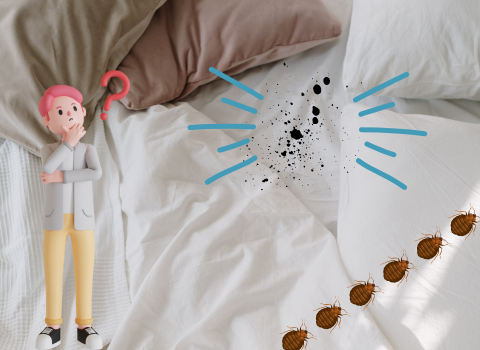
Identifying the Insect Responsible for Tiny Black Dots on Sheets
Finding little black dots in your home can be puzzling, as you wonder which insect might be responsible for their presence. It’s essential to identify the specific insect to address the issue effectively.
Many common pests leave behind tiny black dots and being able to narrow down the possibilities can help you in taking appropriate measures to deal with the situation. By understanding the distinctive characteristics and behaviors of these insects, you can gain insights into the potential culprit behind those mysterious black dots.
I. Characteristics of Carpet Beetles
Carpet beetles are common household pests that can leave behind tiny black dots. Consider the following points when trying to identify carpet beetles as the insect responsible:
Appearance:
Carpet beetles are small insects, ranging in size from 1/16 to 1/8 of an inch. They have a round or oval shape and can be black, brown, or a combination of colors. The tiny black dots you find on your sheets might be their excrement or fecal pellets.
Infestation Signs:
Besides the black dots, carpet beetle infestations may also be indicated by damaged fabrics, irregular holes in clothing, or shed exoskeletons. If you notice these signs along with the black dots, carpet beetles might be the culprits.
II. Other Common Household Insects
Apart from carpet beetles, other household insects can leave behind tiny black dots on sheets. Consider the following possibilities:
Dust Mites:
Dust mites are tiny arachnids that feast on dead skin cells and thrive in places with high humidity. Their droppings can appear as tiny black dots on sheets and bedding.
Booklice:
Despite their name, booklice are not actual lice but small insects that feed on mold and mildew. They can infest books, papers, and damp areas of your home, leaving behind tiny black droppings.
Silverfish:
Silverfish are small, silver-colored insects that prefer dark, damp areas. They feed on various substances, including starches and cellulose, leaving behind small black dots or fecal pellets.
Identifying the insect responsible for tiny black dots on your sheets can help you implement appropriate pest control measures.
Do Bed Bugs Resemble Black Specks?
No, bed bugs do not resemble black specks. Bed bugs are tiny insects with a reddish-brown color that can be seen without any magnification. Bed bugs have a flat, oval-shaped body and are about the size of an apple seed when fully grown.
They do not appear as black specks on sheets. Instead, their presence is often indicated by other signs, such as red or brown stains on sheets (which are bed bug poop stains), shed skins, or even the bugs themselves.
Remember that bed bug infestations can vary in severity, so while some signs may be more obvious, others may require a closer inspection to detect. If you suspect a bed bug infestation, it is advisable to seek professional pest control assistance to confirm and address the issue effectively.
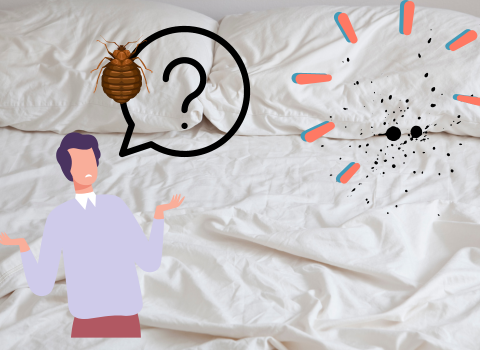
How to Recognize Bed Bug Stains on Sheets
Recognizing bed bug stains on sheets is an important step in identifying a potential bed bug infestation. Bed bug stains are typically caused by fecal matter or crushed bed bugs. Here’s how you can recognize bed bug stains on sheets:
Red or Rusty Stains:
Bed bugs feed on blood, and when they are crushed or engorged after a blood meal, they can leave behind red or rusty stains on sheets. These stains are often small, about the size of a pinhead, or larger, and may appear as dots or smears.
Dark Brown or Black Stains:
Bed bug stains are dark brown. They may appear as small dots or smears on the sheets, often resembling ink stains or marker spots. These stains are composed of digested blood and can be smeared when touched with a damp cloth.
Clusters or Linear Patterns:
Bed bug stains may be found in clusters or linear patterns on the sheets. Bed bugs often defecate in the same areas where they hide or feed, resulting in concentrated stains in specific locations.
Concentration in Mattress Seams or Edges:
Check the seams, edges, and folds of the mattress, as bed bugs often hide in these areas. Bed bug stains are commonly found along the seams, indicating their presence. You should also check the bed frame and box spring.
It’s important to note that bed bug stains alone may not be definitive proof of an infestation, as other factors can cause similar stains. However, when combined with other signs such as live adult bed bugs, bed bug eggs, shed skins, or bed bug bites, bed bug stains on sheets can help confirm the presence of an infestation.
If you suspect bed bugs based on stains or other signs, it is recommended to contact a professional pest control service for a thorough inspection and proper treatment. Bed bug infestations can be challenging to eliminate, and professional assistance is often necessary for effective eradication.

